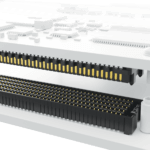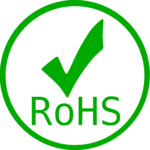
Chances are likely you have seen it, and even see it more than once per day. You can find their logo on just about every power cord of a consumer product alongside other standards, but what is UL testing and why do we need it?
What is Underwriters Laboratories?
Underwriters Laboratories (UL) has a long history of testing to a variety of standards, and is the mark preferred by many in multiple industries. Since its inception in 1893 UL has performed testing on products to provide certification on the safety of the product. The process of products being tested by UL can be pricey and time consuming. However, a product bearing the UL mark is likely to meet the standardized requirements for safe operation, and can help keep a manufacturer from costly litigation down the road.
UL is probably known most for their flammability testing, but they offer many other services including “inspection, advisory services, education and training, testing, auditing and analytics, certification software solutions, and marketing claim verification.”1 There can be some confusion when it comes to UL certification, and it is worth noting that there isn’t a general UL certification. The certifications are broken into “Listed, Recognized, and Classified.”
Know thy markings
When a product is “Listed” it means that UL has tested a sample of the product and determined the product meets a specific set of requirements based off of UL’s published standards. A product is “Recognized” when the UL has evaluated a component or material to be used in a complete product or system. The components can only be intended for product that is an “end-use product” in order to be eligible. UL “Classified” means the UL has tested and evaluated a product sample in regards to specific properties of the product. A product can be classified to applicable UL requirements or standards of other organizations.
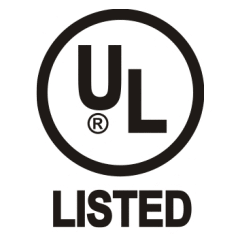
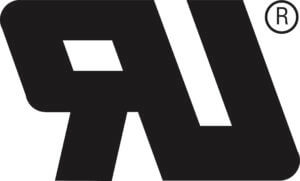
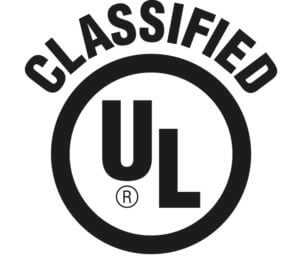
Samtec maintains several UL Recognitions that can be found here. UL 1977 is the category used for Samtec’s products, and this category covers “Connectors for Use in Data, Signal, Control and Power Applications – Component.” For more information concerning this standard, you can reference the UL page here.
If compliance is of interest to you, then make sure to check out our blog on ICP Testing.
- “What We Do.” UL, https://www.ul.com/aboutul/what-we-do/

